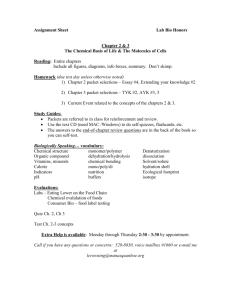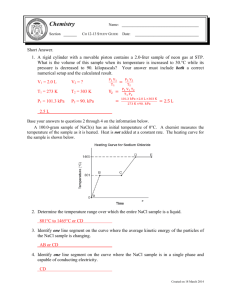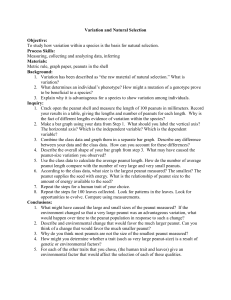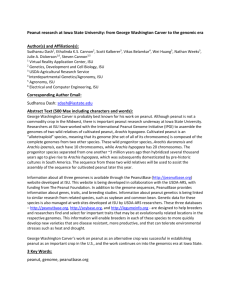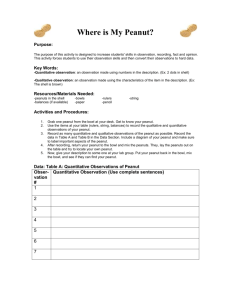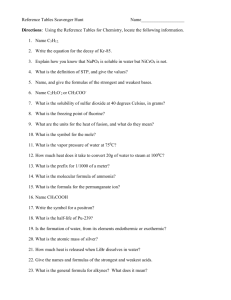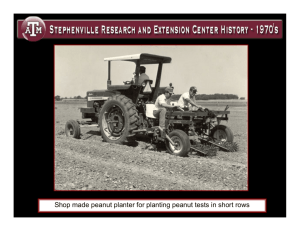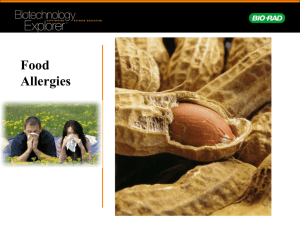AAGB2014Nov10to14_peanutbase_abst_v4
advertisement
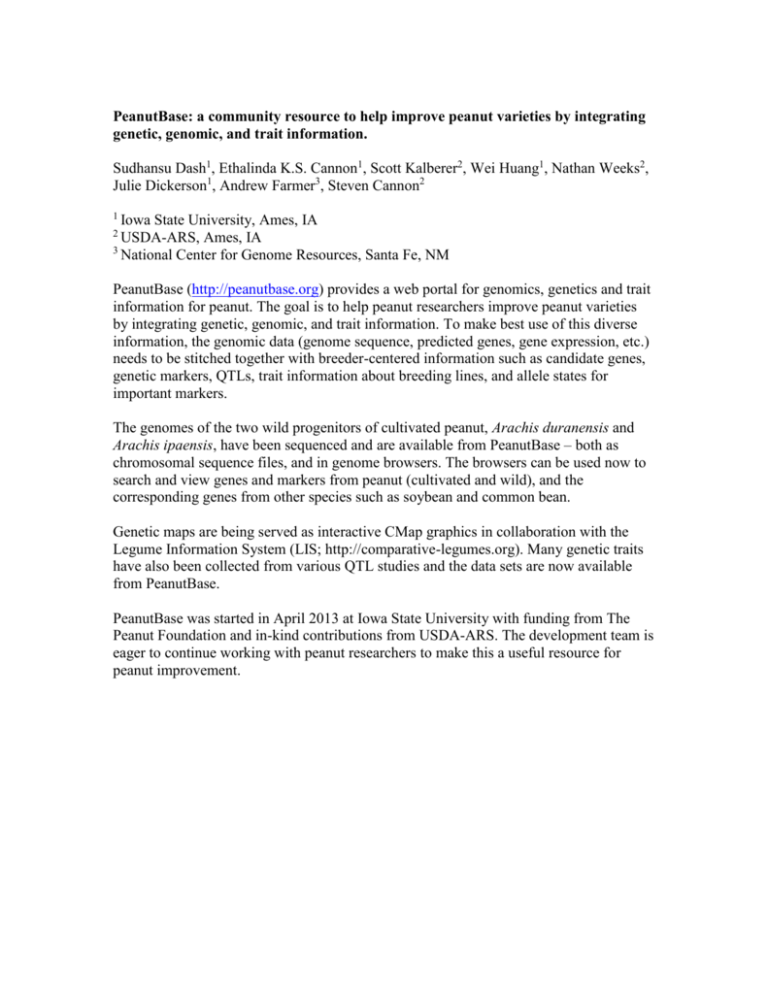
PeanutBase: a community resource to help improve peanut varieties by integrating genetic, genomic, and trait information. Sudhansu Dash1, Ethalinda K.S. Cannon1, Scott Kalberer2, Wei Huang1, Nathan Weeks2, Julie Dickerson1, Andrew Farmer3, Steven Cannon2 1 Iowa State University, Ames, IA USDA-ARS, Ames, IA 3 National Center for Genome Resources, Santa Fe, NM 2 PeanutBase (http://peanutbase.org) provides a web portal for genomics, genetics and trait information for peanut. The goal is to help peanut researchers improve peanut varieties by integrating genetic, genomic, and trait information. To make best use of this diverse information, the genomic data (genome sequence, predicted genes, gene expression, etc.) needs to be stitched together with breeder-centered information such as candidate genes, genetic markers, QTLs, trait information about breeding lines, and allele states for important markers. The genomes of the two wild progenitors of cultivated peanut, Arachis duranensis and Arachis ipaensis, have been sequenced and are available from PeanutBase – both as chromosomal sequence files, and in genome browsers. The browsers can be used now to search and view genes and markers from peanut (cultivated and wild), and the corresponding genes from other species such as soybean and common bean. Genetic maps are being served as interactive CMap graphics in collaboration with the Legume Information System (LIS; http://comparative-legumes.org). Many genetic traits have also been collected from various QTL studies and the data sets are now available from PeanutBase. PeanutBase was started in April 2013 at Iowa State University with funding from The Peanut Foundation and in-kind contributions from USDA-ARS. The development team is eager to continue working with peanut researchers to make this a useful resource for peanut improvement.
